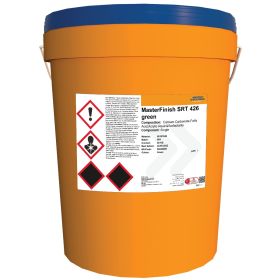


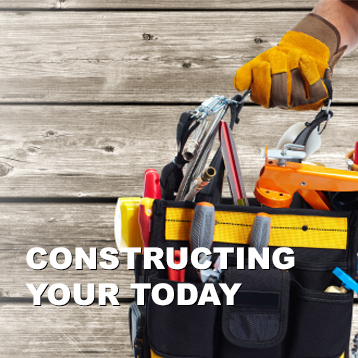








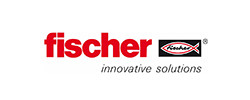


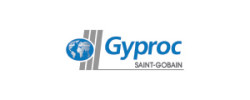





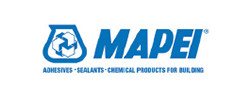








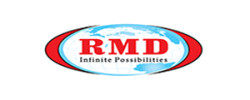









Surface retarders, also called surface “deactivators”, are applied to fresh concrete to chemically delay the set of the surface mortar. Unlike concrete set retarders, they allow the rest of the concrete to cure normally, without affecting the setting rate or strength gain. Because surface retarders work by stopping the hydration process down to a controlled depth, the underlying concrete will harden properly while allowing easy removal of the surface paste at a later time.
To produce an exposed aggregate concrete finish in either face down or face up concrete, and to produce a mechanically sound construction joint.
Insitu construction joints.
Surface preparation of fresh concrete prior to rendering
This method is safer and less labour-intensive than acid etching and abrasive blasting. It also achieves a more uniform results, leaving the aggregate evenly exposed with no fracturing, dislodging, or colour loss. What’s more, a surface retarder will give you greater control over the depth of exposure, allowing you to achieve the desired finish.
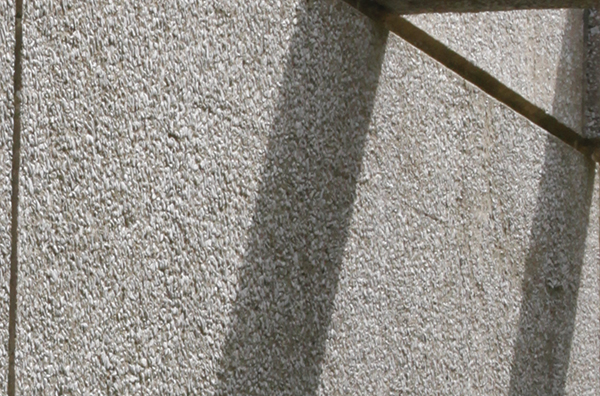 Enhance exposed-aggregate concrete finishes
Enhance exposed-aggregate concrete finishesSurface retarders allow concrete finishers to add decorative architectural finishes to horizontal concrete surfaces, such as exposed aggregate. They can also be used for creating an appropriate bonding surface for other materials or concrete layers. This application can be used to:
1. Enhance finishes in precast/prestressed concrete
2. Enhance finishes in cast-in-place concrete






